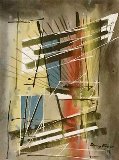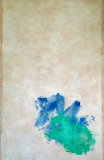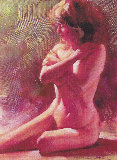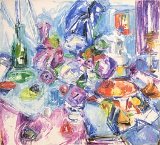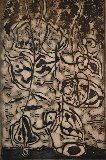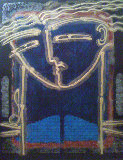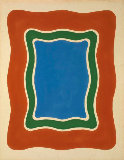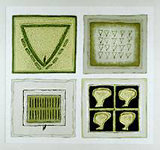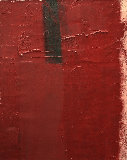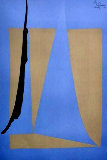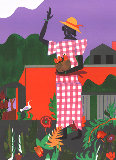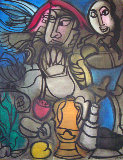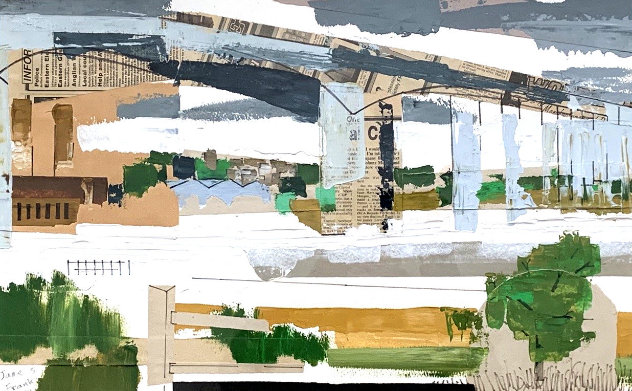







Untitled Collage 1961 24x32
Jane Frank
Works on Paper (not prints) : Mixed Media on Board
Size : 13x21 in | 33x53 cm
Framed : 24x32 in | 61x81 cm
Reduced
-
🔥Framed Mixed Media $$$$$$$
Year1961
Hand SignedLower Left
Condition Excellent
Framed with PlexiglassPlain Wooden Frame
Purchased fromAuction House 2019
Certificate of AuthenticityArt Brokerage
LID130536
Jane Frank - United States
Art Brokerage: Jane Frank American Artist: Jane Schenthal Frank (born Jane Babette Schenthal) (July 25, 1918 – May 31, 1986) was an American artist. She studied with Hans Hofmann and Norman Carlberg and is known as a painter, sculptor, mixed media artist, and textile artist. Her landscape-like, mixed-media abstract paintings are included in some important public collections, including those of the Corcoran Gallery of Art, the Baltimore Museum of Art, and the Smithsonian American Art Museum. Jane Frank was a pupil of Hans Hofmann. She can be categorized stylistically as an abstract expressionist, but one who draws primary inspiration from the natural world, particularly landscape — landscape "as metaphor", she once explained. Her later painting refers more explicitly to aerial landscapes, while her sculpture tends toward minimalism. Chronologically and stylistically, Jane Frank's work straddles both the modern and the contemporary (even postmodern) periods. She referred to her works generally as "inscapes". Jane Frank's paintings and mixed media works on canvas are in the collections of the Corcoran Gallery of Art ("Amber Ambience", 1964), the Smithsonian American Art Museum, the Baltimore Museum of Art ("Winter's End", 1958), the Herbert F. Johnson Museum of Art at Cornell University ("Red Painting", 1966), the Arkansas Arts Center in Little Rock ("Web Of Rock", 1960), and the Evansville Museum ("Quarry III", 1963). Her works are in many other public, academic, corporate, and private collections. Health problems notwithstanding, the latter 1950s proved decisively fruitful for Jane Frank as a serious artist. Having fairly well recovered from her injuries in the traumatic 1952 accident, she studied for a period in 1956 with the great abstract expressionist painter Hans Hofmann in Provincetown, Massachusetts, and this mentoring gave her a jolt of inspiration and encouragement. She soon had solo exhibitions at the Baltimore Museum of Art (1958), the Corcoran Gallery of Art (1962), the Bodley Gallery in New York (1963) and Goucher College (1963), among others. Soon after the month-long Corcoran Gallery solo exhibition, Jane Frank began to apply not just spackle but a variety of other materials - sea-weathered or broken glass, charred driftwood, pebbles, what appears to be crushed graphite or silica, and even glued-on patches of separately painted and encrusted canvas (canvas collage) - to her jagged, abstract expressionist paintings. Later she began making irregular holes in the canvases ("apertures", as she called them: the earliest example is "Winter Windows", 1966–1967), disclosing deeper layers of painted canvas underneath (so-called "double canvases" - and sometimes triple canvases), with painted-on "false shadows", etc. - increasingly invoking the third dimension, creating tactile, sculptural effects while remaining within the convention of the framed, rectangular oil painting. Listings wanted.



